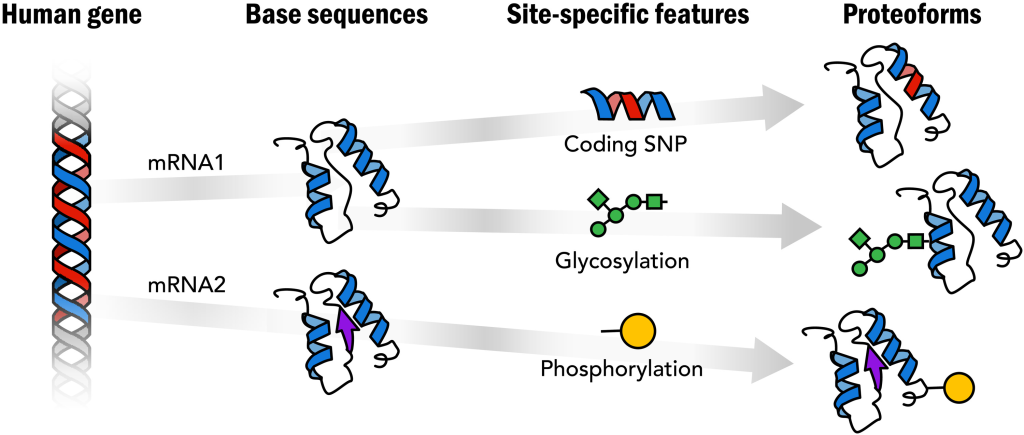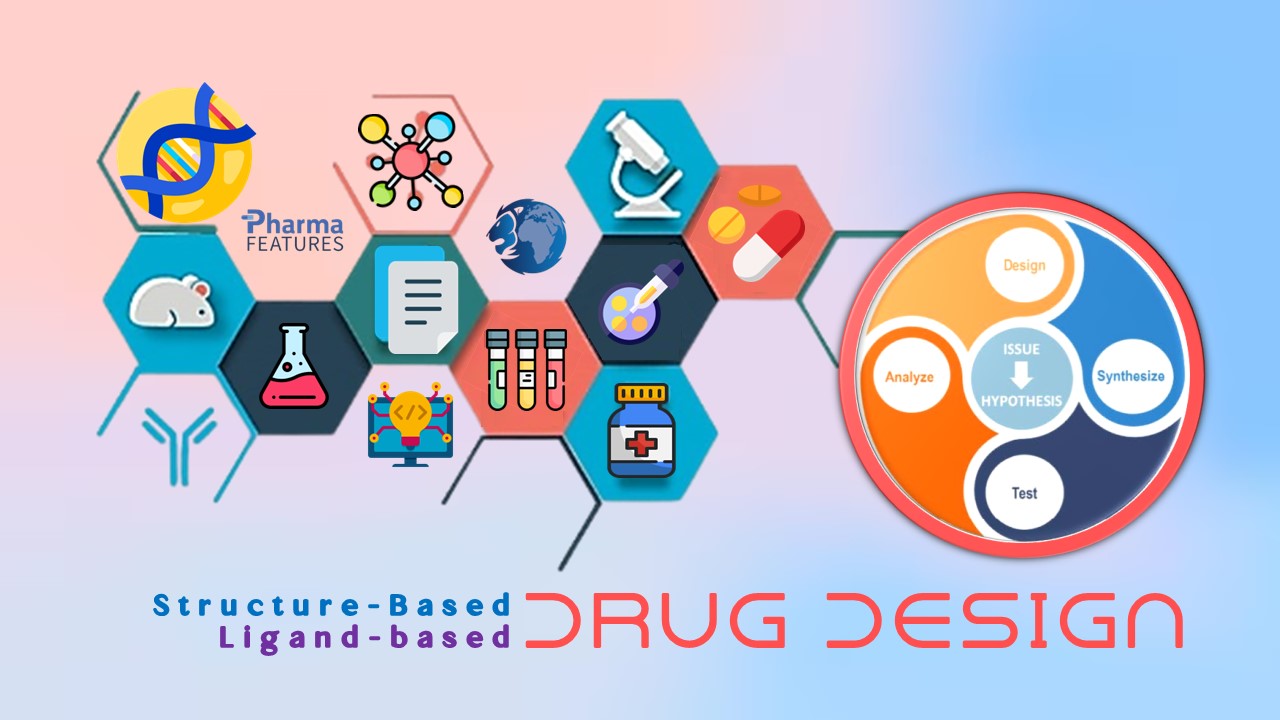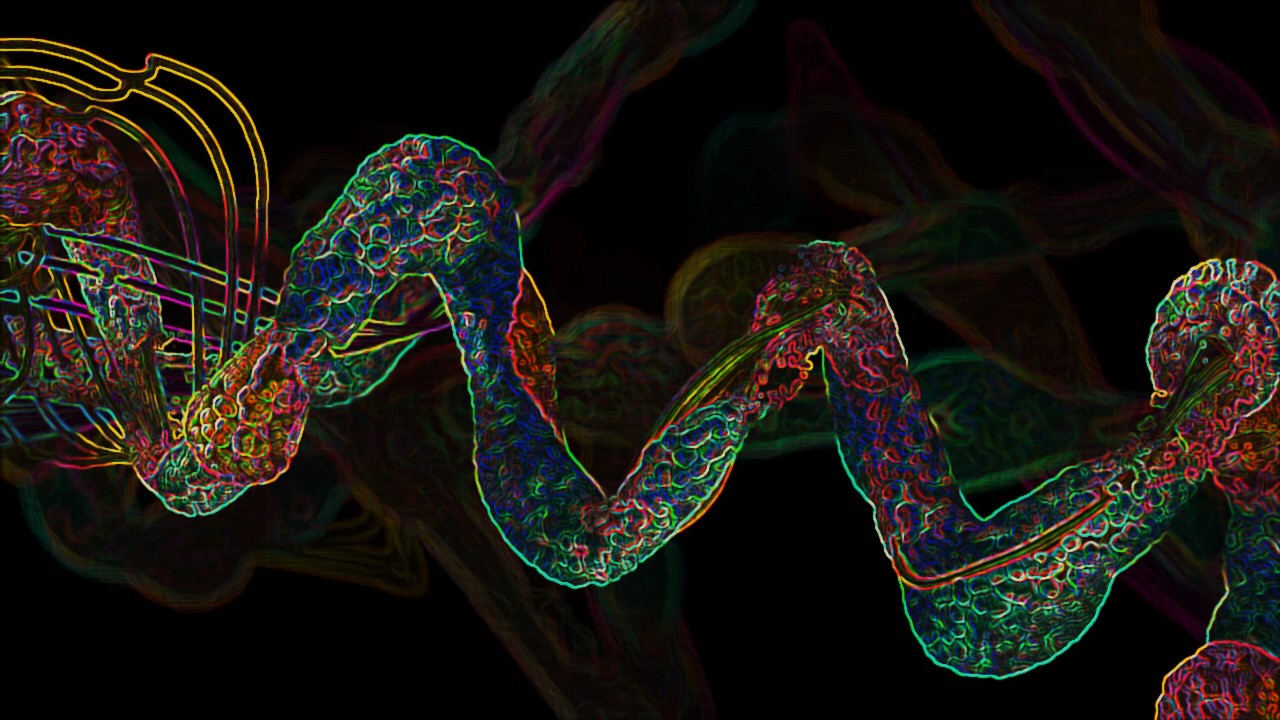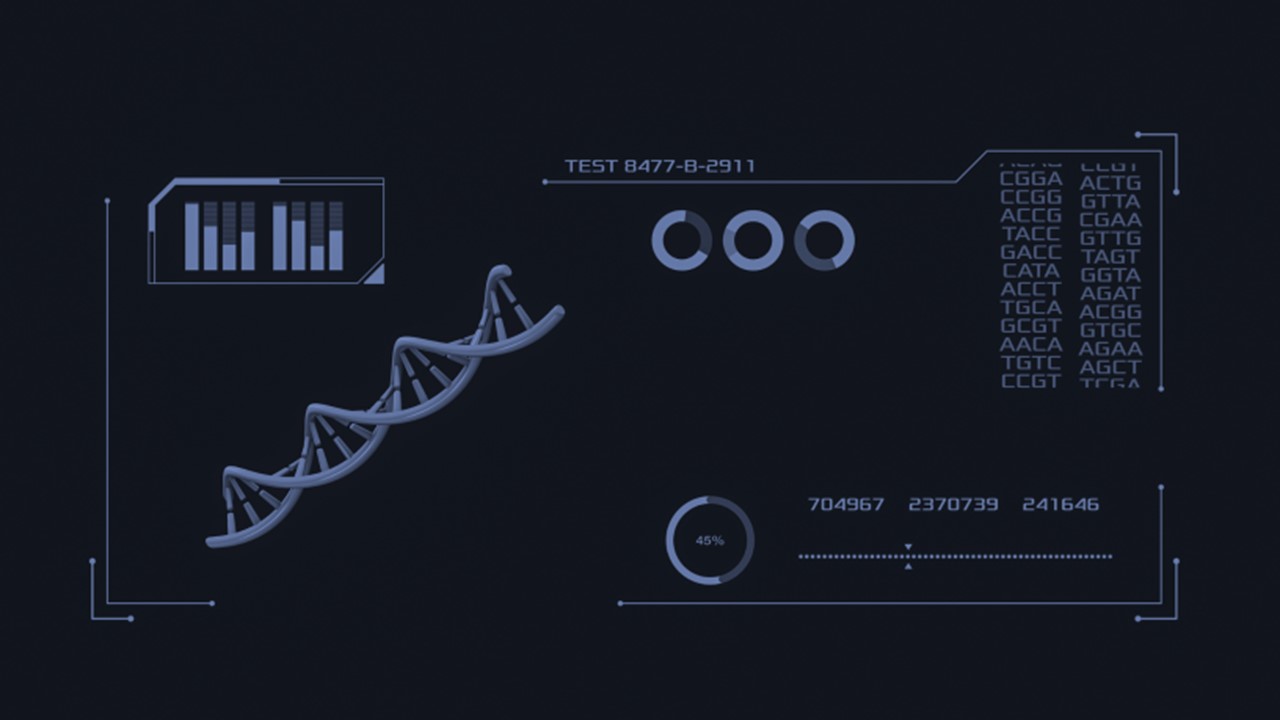In a groundbreaking collaboration, X-Chem, a global leader in innovative drug discovery services, and the Structural Genomics Consortium (SGC), a public-private partnership committed to advancing drug discovery through open science, have joined forces with a shared vision — to create novel chemical tools for studying human proteins. This collaborative venture aims to produce data through DNA-encoded library (DEL) screening, targeting a multitude of under-addressed proteins within the human proteome. The ultimate goal is to provide a wealth of information that can empower drug discovery and machine learning experts globally to unravel the disease targets of tomorrow.
The Human Genome Project’s Enduring Legacy and Ongoing Challenges
The monumental success of the Human Genome Project (HGP) marked a transformative chapter in biological and medical research. With a public investment of approximately $4 billion, the HGP not only revolutionized the field but also catalyzed over $700 billion of economic activity and the emergence of new industries. However, the legacy of the HGP is now met with the contemporary challenge of deciphering the intricate structures and functions encoded within the blueprints of life. While the genomic sequence unveiled the fundamental code of life, the complexities lie in understanding the three-dimensional structures and functionalities of proteins, the primary drivers of biological function.
Proteins: Unraveling the Complexity of Structure and Function
Proteins, as primary effectors in biology, hold the key to deciphering fundamental functions in both basic and translational research. However, the richness of protein structure extends far beyond the linear amino acid sequence dictated by the genetic code. Genetic variation, alternative splicing, and posttranslational modification (PTM) collaboratively give rise to an array of proteoforms. This intricate chemical diversity is foundational to the biological complexes and networks controlling biology, yet it remains largely uncharted. The quest proposed here is nothing short of ambitious — an initiative to comprehensively define the human proteome, generating a definitive set of reference proteoforms derived directly from the genome.

Decoding the Proteome: A Complex Tapestry of Proteoforms
Defining a proteome is more than identifying proteins expressed by an organism. In the realm of advanced molecular biology, the proteome encompasses the entire array of proteoforms expressed by an organism. Proteins, arising from even a single gene, exhibit substantial variations in their amino acid sequences and PTMs, leading to a diverse landscape of proteoforms. This ambitious initiative rests upon the foundation that the proteome is indeed the ensemble of all proteoforms expressed by an organism.

X-Chem’s DEL Platform: Illuminating the Path Forward
Under the collaborative agreement, X-Chem will leverage its proprietary DEL platform to generate datasets for proteins supplied by the SGC. These meticulously curated datasets, prepared in a machine learning (ML)-ready format, will be made available on a public portal for model building. These models will play a pivotal role in developing tool compounds, unlocking potential disease targets, aligning seamlessly with the SGC’s Target 2035 initiative. While the initial stages of collaboration emphasize screening and data generation, the anticipated DEL-ML data portal is slated for public access in early 2024.
Aled Edwards and Matt Clark: Pioneers in Collaborative Science
Aled Edwards, S.G., Ph.D., founder, and CEO of the SGC expressed enthusiasm about the collaboration, highlighting X-Chem’s pioneering role in demonstrating the support of high-quality DEL datasets for model building. He looks forward to making screening data publicly accessible, fostering open collaboration to identify the disease targets of the future. Matt Clark, Ph.D., CEO of X-Chem, echoed the sentiment, emphasizing the company’s dedication to unlocking the human proteome through innovative science and open collaboration.
The collaboration between X-Chem and the SGC stands as a testament to the power of open science and collaborative efforts in advancing drug discovery. By targeting the intricacies of the human proteome, this initiative opens new frontiers for researchers worldwide, aiming to unravel the mysteries of disease targets that lie hidden within the complex tapestry of proteoforms.
About X-Chem
X-Chem stands as the pivotal partner poised to unlock unparalleled possibilities in the realm of small molecule drug discovery. With a focus on exponential advancements, the company harnesses the synergies of DNA-encoded library (DEL) technology, medicinal chemistry, and artificial intelligence (AI) to provide cutting-edge solutions in the drug discovery landscape.
The array of services, products, and solutions offered by X-Chem is designed to expedite every facet of drug discovery, from initial screening to candidate selection. Collaborating with industry-leading scientists at X-Chem ensures optimal utilization of powerful technologies, aligning with the company’s overarching mission to expedite the delivery of medicines to patients.
Distinguishing itself with over 100 libraries comprising a staggering 250 billion DNA-tagged compounds, X-Chem boasts a vast index of identifiable small molecules. This extensive reach empowers researchers to explore a remarkably diverse range of chemistry, holding tremendous potential. Notably, with an impressive success rate of 80% in identifying functional hits, X-Chem has earned a reputation for delivering outstanding outcomes for partners and clients. The company has successfully licensed nearly 100 discovery programs, featuring over 300 independent chemical series and more than 1000 validated hit compounds.
At the core of X-Chem’s capabilities is its AI platform for drug discovery — ArtemisAI. Drawing from proprietary data ten times larger than public sources, ArtemisAI facilitates DEL-based model generation, generative modeling, property prediction, and access to physics-based approaches, all through an intuitive user interface. The predictive models generated by ArtemisAI exhibit unparalleled accuracy in anticipating key physicochemical and absorption, distribution, metabolism, and excretion (ADME) parameters. Leveraging extensive experience in medicinal chemistry, X-Chem seamlessly integrates these technologies to expedite the delivery of hits, leads, and candidates for clients.
X-Chem’s versatile technology has proven its mettle in projects spanning 30 target classes, including intricate categories such as protein-protein interactions (PPI), bacterial targets, ubiquitin ligases, epigenetic targets, and G protein-coupled receptors (GPCR). Whether clients are seasoned DEL practitioners or investigators seeking quality hit compounds against novel targets, X-Chem facilitates the optimal leveraging of its platform, technology, and expertise. The company’s revolutionary combination of AI, DEL, and medicinal chemistry accelerates the discovery process, enabling researchers to uncover more hits faster and transition seamlessly from hit to candidate.
More about X-Chem from its website www.x-chemrx.com.
About SGC
The Structural Genomics Consortium (SGC) stands as a global public-private partnership committed to advancing drug discovery through the principles of open science collaboration. With a foundation rooted in structural and chemical biology, the SGC, headquartered in Toronto, Canada, operates as a pre-competitive consortium. Established in 2003, it originated with main laboratories at the Universities of Toronto and Oxford and has since expanded to include additional laboratories at Goethe University Frankfurt, Karolinska Institutet, McGill University, University College London, the University of North Carolina Chapel Hill, and the University of Toronto, constituting a network of approximately 250 scientists.
Collaboration lies at the heart of the SGC’s endeavors, as its scientists work closely with partner companies, including Bayer AG, Boehringer Ingelheim, Bristol Myers Squibb, Genentech, Janssen, Merck, Pfizer, and Takeda. The consortium’s mission is twofold: to comprehensively understand all proteins encoded by the human genome and to expedite the discovery of new medicines.
Over its initial two decades, SGC scientists have made significant strides, determining the structures of thousands of human proteins. Collaborative efforts with industry scientists have resulted in the creation and dissemination of hundreds of chemical probes—well-characterized modulators of protein function. These probes serve to validate or invalidate proteins as potential drug targets and have been widely utilized by scientists worldwide, catalyzing new discoveries and seeding drug discovery programs.
Looking ahead, the SGC sets its sights on the goals outlined in Target 2035, a global initiative aimed at developing pharmacological tools to modulate every protein in the human proteome by the year 2035.
Central to the SGC’s approach is its pioneering open science model, emphasizing transparency and accessibility. All data, reagents, and tools generated by SGC scientists, whether in collaboration with private sector or academic partners, are made publicly available without restrictions, deposited into public databases. This commitment to open science not only fosters freedom for investigators, partners, and collaborators but also optimizes resource utilization, enhances global research quality, and accelerates early-stage drug discovery on a global scale.
In mission and vision, the SGC articulates its dedication to comprehending the functions of all human-encoded proteins and propelling the discovery of novel medicines. The broader vision seeks to mobilize and inspire a global community toward the pursuit of these lofty objectives.
Check out The SGC from this link www.thesgc.org.
Engr. Dex Marco Tiu Guibelondo, B.Sc. Pharm, R.Ph., B.Sc. CpE
Subscribe
to get our
LATEST NEWS
Related Posts

Bioinformatics & Multiomics
Harnessing Computational Ingenuity for Tomorrow’s Therapeutics
Leverage computational power to navigate modern drug design.

Bioinformatics & Multiomics
Exploring Cutting-Edge Techniques in Protein Target Identification
From genetic screens in model organisms to chemical proteomics in mammalian systems, each approach offers unique insights into the complex landscape of drug-target interactions.
Read More Articles
Synthetic Chemistry’s Potential in Deciphering Antimicrobial Peptides
The saga of antimicrobial peptides unfolds as a testament to scientific ingenuity and therapeutic resilience.












